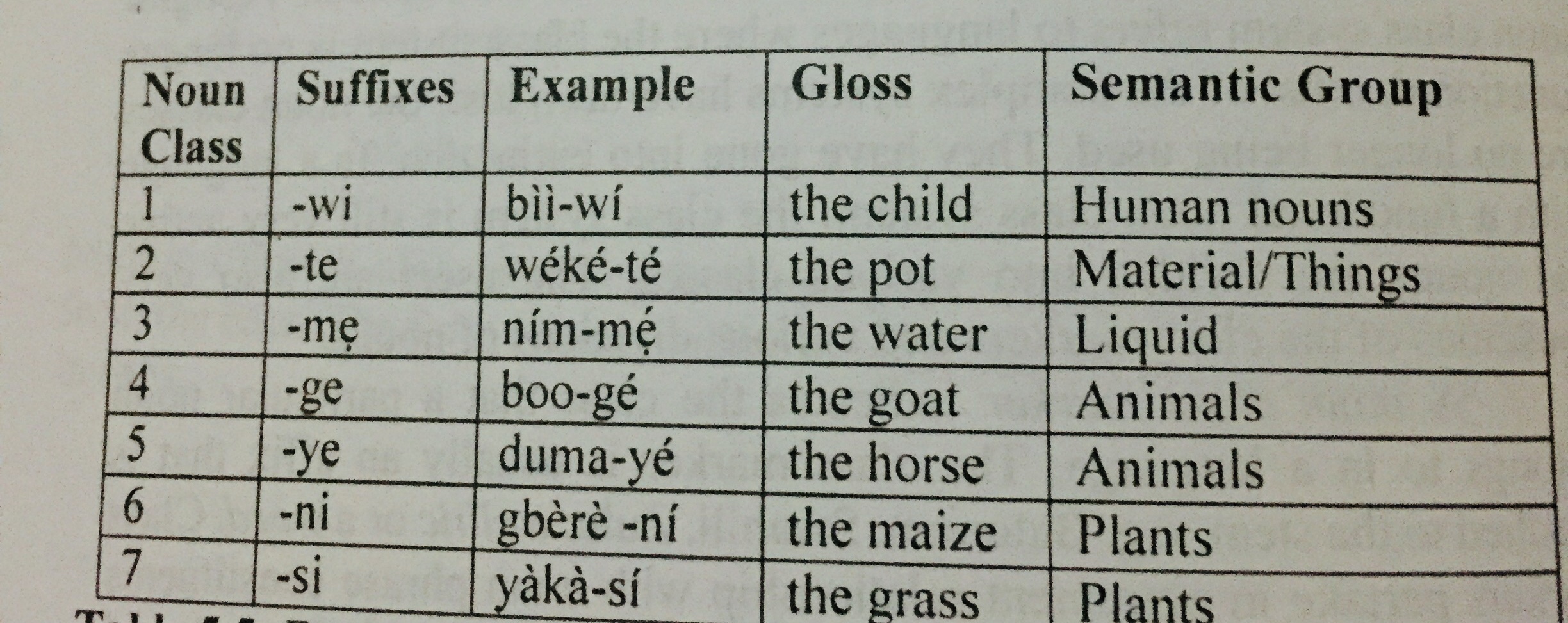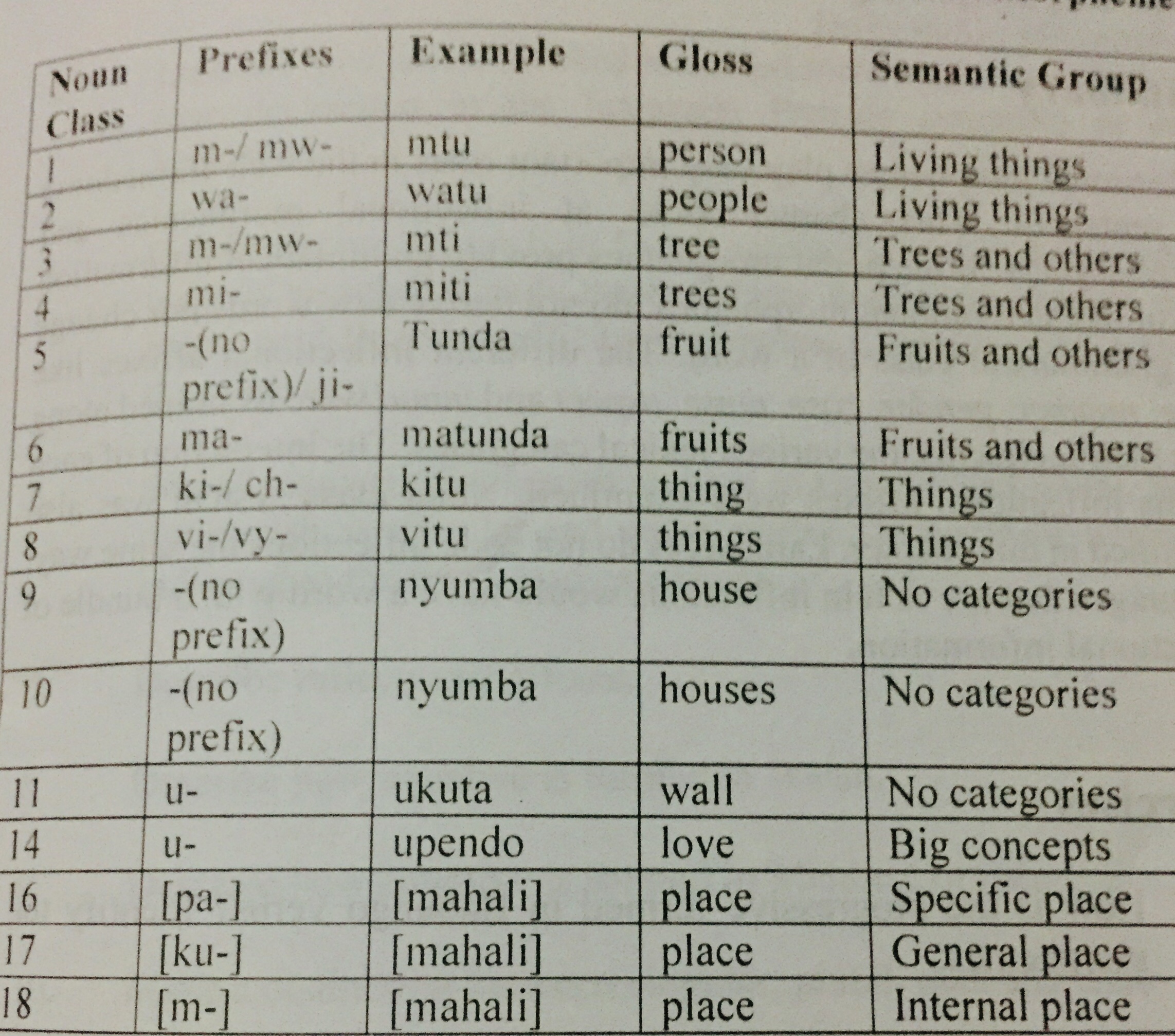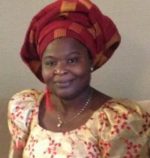Bolanle Elizabeth Arokoyo
Morphology Lecture Series XIII
We examined Inflectional Morphology in the last lecture. We will now be looking at noun class system.
Noun class system refers to the division of all the nouns in a language into different semantically based classes.
Sanusi (2003, p. 2) defines a noun class language as ‘a language in which nouns are grouped into a number of semantically based classes with each of these classes having its own distinct class marker.’
Nouns are semantically grouped and each class has a marker which is morphological and syntactic.
The class marking does not end with the nouns but also agrees with other constituents.
The noun class system is present to a large extent in all the four phyla of African languages (Welmers, 1973).
Noun class system is divided into two typologies namely the vestigial noun class system and the functional noun class system.
Vestigial noun class system refers to languages where the class system is no longer functional, most of the complex systems have been lost; the noun classes are no longer being used. They have gone into extinction.
In a language with a functional noun class system, the class system is still very active and nouns are divided into various classes.
The users are also very conscious of the class markers and various divisions of nouns.
A noun class marker indicates the class that a particular noun belongs to in a language.
The class marker is usually an affix that is attached to the stem, e.g. Batonum, Swahili, Zulu; a clitic or a word.
Class markers partake in agreement relationship with noun phrase constituents like adjectives, numerals, etc.
They also mark concord with the verb and other constituents of the sentence.
For example, in Batonum, a noun class language with seven classes, the focus marker –a is affixed to the class marker in deriving focus in the language (Arokoyo, 2018)
This is exemplified in (1) below.
1.
a. kùrọ́ wí u wéke té kọ̀ rá
woman CM she pot CM break
‘The woman broke the pot.’
b. kùrọ́ wá u wéke té kọ̀ rá
woman FM she pot CM break
‘It was the woman that broke the pot.’
c. wéke tá kùrọ́ wí kọ̀ rá
pot FM woman FM drink
‘It was the pot that the woman broke.’
(Arokoyo, 2018, 17-18)
The class markers –wi, and –te become –wa and –ta respectively.
Fula has twenty-five noun classes, Swahili has sixteen while Zulu has about fifteen noun classes. The tables 1. and 2 . below show Batonum and Swahil noun classes.

Table 1. Batonum Noun Classes
Batonum attests seven functional noun classes which are neatly divided morphologically and semantically.
The Batonum class markers are suffixes which function as definite determiners (Sanusi, 2001).

Table 2. Swahili Noun Classes
Swahili has sixteen classes of nouns which are distinguished by prefixes and can be broken into singular and plural pairs.
The nouns in most of the classes have some semantic identifications e.g. nouns in classes 1 and 2 are living things while nouns in classes 7 and 8 refer to things.
Exercises
1. What is Noun class system?
2. Examine how the noun class is marked in at least three languages. Provide examples in each language.
NB
a. Excerpts are taken from Arokoyo (2017 and 2018).
References
Arokoyo, Bolanle Elizabeth. (2017). Unlocking Morphology. Ilorin: Chridamel Books.
Arokoyo, Bolanle Elizabeth. (2013). Unlocking focus constructions. Ilorin: Chridamel Books. https://bit.ly/2TDx9nF
Sanusi, Issa O. (2003). The Phenomenon of Noun Class Systems: The Case of Batonu. Cape Town: Centre for Advanced Studies of African Society.
Welmers, William, E. (1973). Africal Language Structures. Los Angeles and Berkeley: University of California Press.

One thought on “Noun Class System”